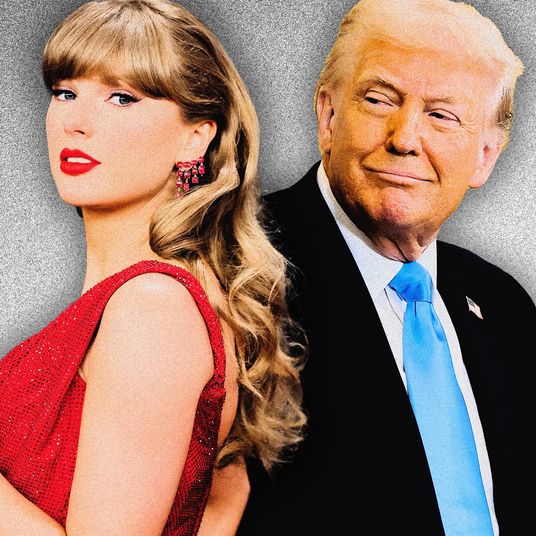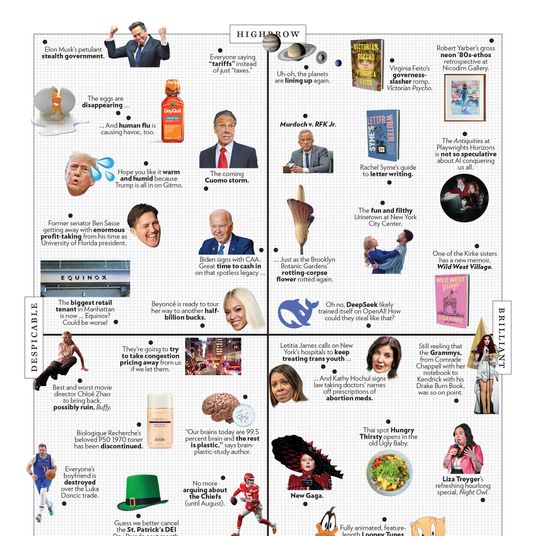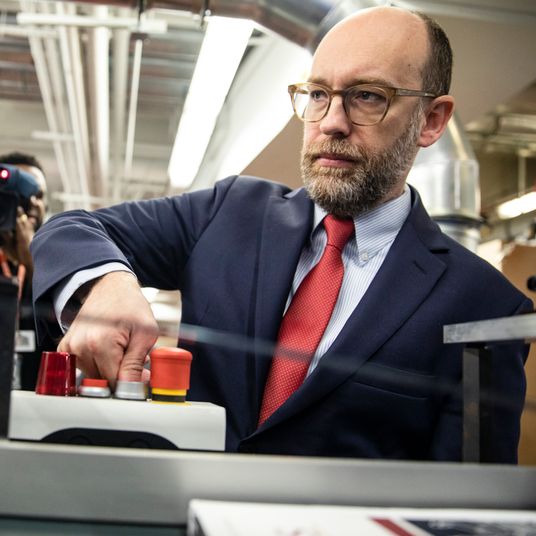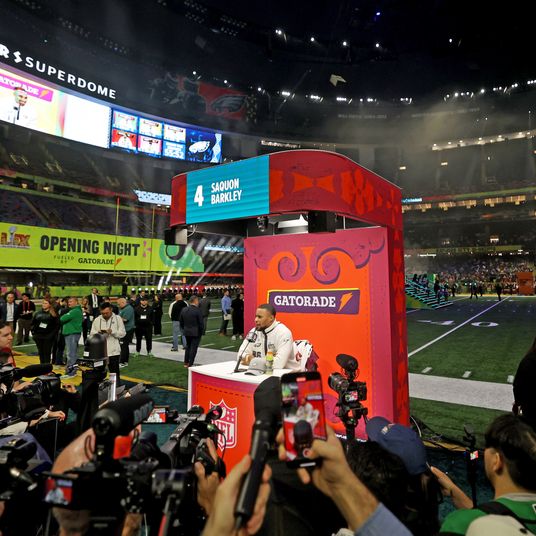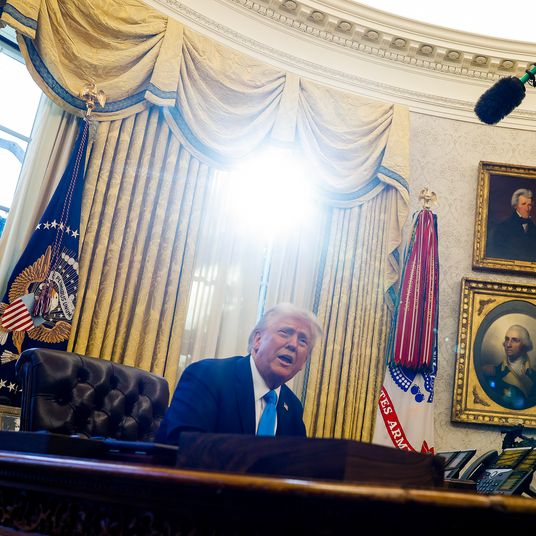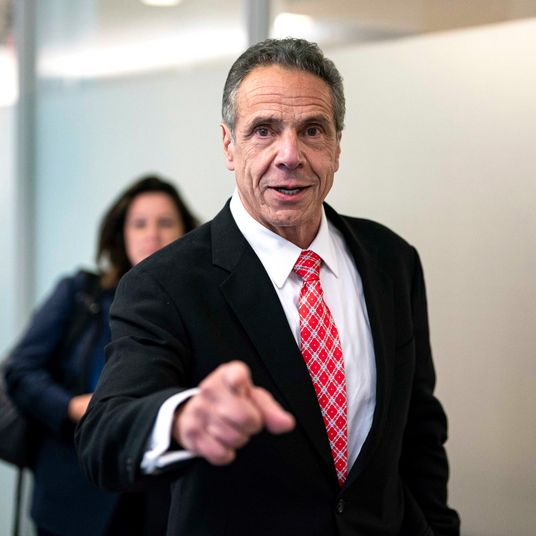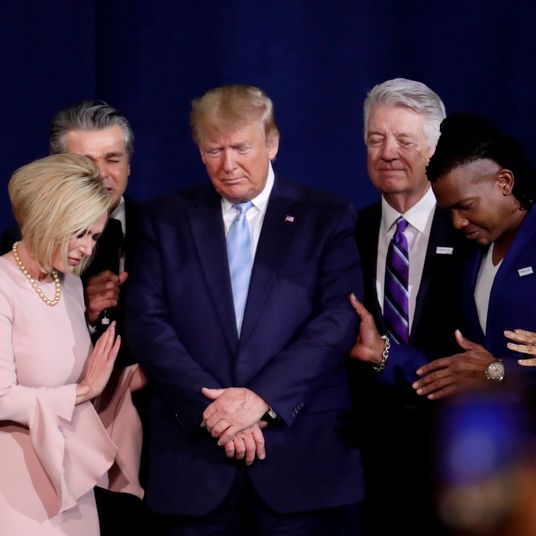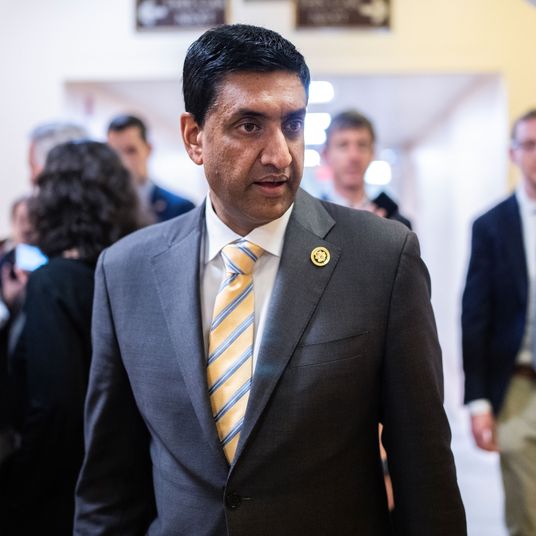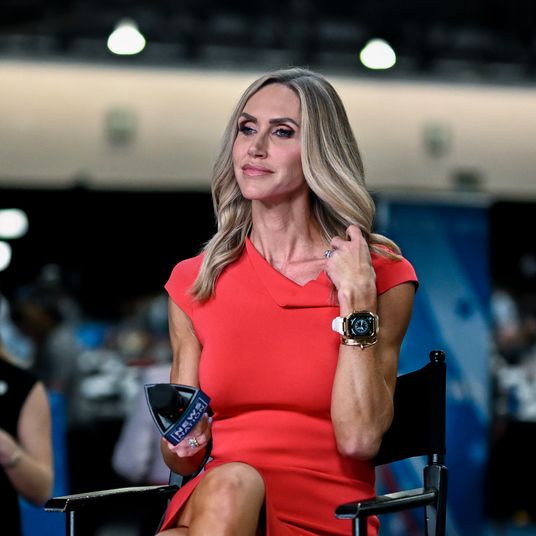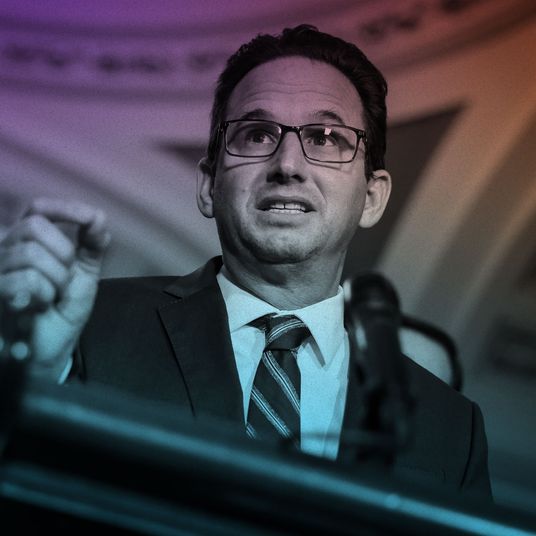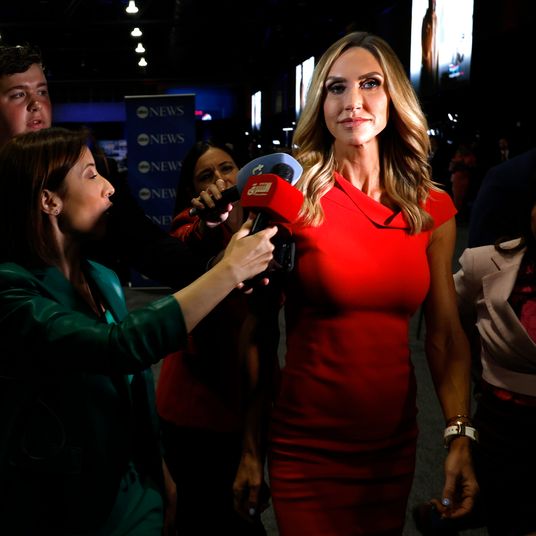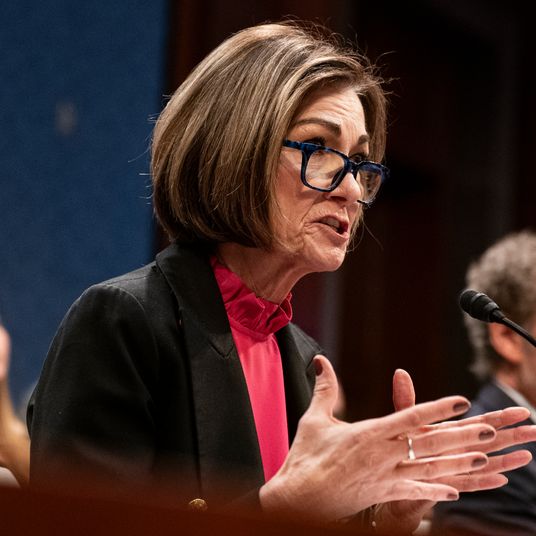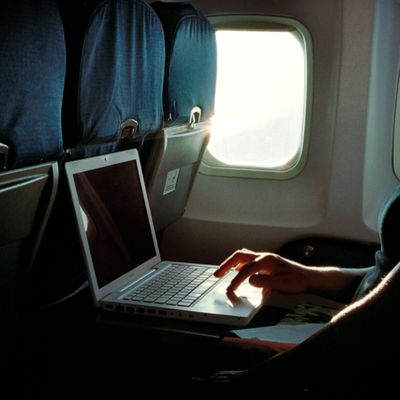
Scott McCartney reports for the Wall Street Journal that the new dispute roiling airplane cabins is over window shades: whether they should be up or down. As passengers have grown more screen-obsessed, a shades-down norm has developed, distressing passengers who enjoy natural light and scenic views and leading to disputes when some passengers violate the norm and keep the shades up.
In 2014, the hot-air travel dispute was over reclining your seat. Two Denver-bound United Airlines passengers made national news when one attached a device to the seat in front of him to prevent it from reclining, and the passenger deprived of recline responded by throwing a drink on him. The pilot had to divert the plane to Chicago so both passengers could be removed. And then America argued about who was the asshole: the passenger who wanted to recline or the passenger who tried to stop another passenger from reclining?
At the time, I explained that the seat-recliners were in the right (about it being their prerogative to recline, not about it being okay to throw a beverage at a rude passenger). Yes, reclining a seat reallocates space to a passenger and away from the passenger sitting behind him or her, but the airline’s choice to place a recline button next to the reclining passenger shows that it is allocating the choice about whether to recline to the reclining passenger.
If a passenger really doesn’t want to be reclined into, he or she can always offer something of value to the passenger in front to keep the seat upright. Of course, small-bore negotiations like this are unpleasant, but a lot of people talk endlessly about how unpleasant they find it to be reclined into. That nobody seems to choose the unpleasant negotiation over the unpleasant loss of space strongly suggests to me that people enjoy complaining about things far more than they actually enjoy unrestricted space in front of them on an airplane.
I’m pretty sure my article resolved the issue: to my knowledge, there have been no Knee-Defender-beverage-throwing-related commercial-airline diversions since I wrote it. But the question of window shades presents more complicated issues.
Both the seat-recline dispute and the window-shade dispute are driven by externalities: that is, the effects one person’s actions impose on others. But reclining your seat imposes an externality on only one person: the passenger behind you. The setting of a window shade affects many passengers besides the one sitting next to the window: those in the middle and aisle seats and in rows forward and backward of the window in question. Adding more complication, while seat recline produces only negative externalities (I’m assuming nobody affirmatively prefers to be reclined into) you may create both positive and negative externalities when you open a window shade: one passenger may like the natural light while another finds it annoying as he or she tries to watch a movie on a tablet.
So even though I am confident that externality-driven seat-recline disputes are fully resolvable through interpersonal negotiations (without thrown beverages), I don’t think that model applies to window shades. It would be impractical, for example, to have an auction, where passengers near but not adjacent to a window bid to keep the shade up or down. Maybe you could do this on a flight full of economists heading to the American Economic Association meetings, but not on a normal flight.
Essentially, the seat-recline issue is equivalent to a tree on a property that blocks a neighbor’s view. The owner of the property where the tree is located is entitled to let it grow tall, but the neighbor can offer the tree owner money to cut it down. The window-shade issue is more like noise pollution: If a homeowner is throwing loud parties that wake the whole neighborhood, it’s not a practical solution to have everyone in earshot cobble together money to pay him or her to stop. That’s a problem that should be fixed either through social norms (shaming the neighbor into being quiet) or through a noise ordinance.
The window-shade issue has further similarities to the homeowner throwing the loud parties: What if some neighbors find the parties annoying but others think they’re fun and enjoy attending them, or even just like hearing the music from their own homes? It might be impossible to form a clear social norm because of diverse neighbor preferences about that homeowner’s behavior. Similarly, if some airline passengers enjoy daylight and others just want to stare at their phones, it will be hard to establish any norm about how to set the window shades, let alone one that makes people broadly happy. Diverse preferences combined with unclear ownership — is it really the window passenger’s sole choice how to set the window, or am I entitled to have nearby windows set the correct way, which is to say, the way I like? — could also lead to acrimonious disputes, though so far I am not aware of any beverage-throwing.
One way to avoid those disputes it to have window-shade rules set by a higher authority: the flight attendants or even the airline. Flight attendants can assert this authority verbally, as they used to do back when airlines projected movies onto central screens. McCartney also notes the Boeing 787 gives flight attendants a technological solution: Instead of physical shades, the 787’s windows are dimmed electronically. Flight attendants can dim all the windows through a central control and even lock out passenger controls so the central dimming can’t be overridden.
This also raises a principal-agent issue: Do flight attendants prefer a dark plane because passengers are more likely to sleep and less likely to order beverages? They may choose how to set the shades with a goal of reducing the work they must do rather than according to passenger preferences or what makes the airline the most money. For this reason, airlines may want to have policies governing when and whether flight attendants should impose shade positions; McCarthy reports that American Airlines has a corporate policy on this (flight attendants should not lock out passenger window controls on the 787) but United Airlines does not.
The difficulty of pleasing everyone is a reason why airlines might want to sit back, let social norms drive the positioning of shades, and grant flight attendants flexibility to impose rules based on their local understanding of consumer preferences. Maybe on some routes, like short and scenic daytime routes, it makes passengers happiest to let the light stream in; while on, say, red-eye flights that take off late and fly through daylight for several hours before landing, there’s a clear preference for shades down.
As for what passengers themselves can do: My tip is to choose flights and seats with power ports, especially for long flights. One reason passengers may care about keeping the shades down is they don’t want to have to turn the brightness up on their electronic devices, burning through their batteries. If your row has at-seat power, you may be less upset if the shade is up when you want it down, and if you want the shade up, you may have more success in talking your neighbors into the idea that they should welcome the light.
More From This Series
- Leisure Travelers Will Miss Business Travelers
- Here’s Why Airlines Are Ending Change Fees
- The Post Office Has a Financial Problem, Not a Crisis












